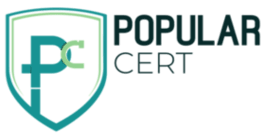ISO 14971 Explained: Mastering Risk Management for Medical Devices
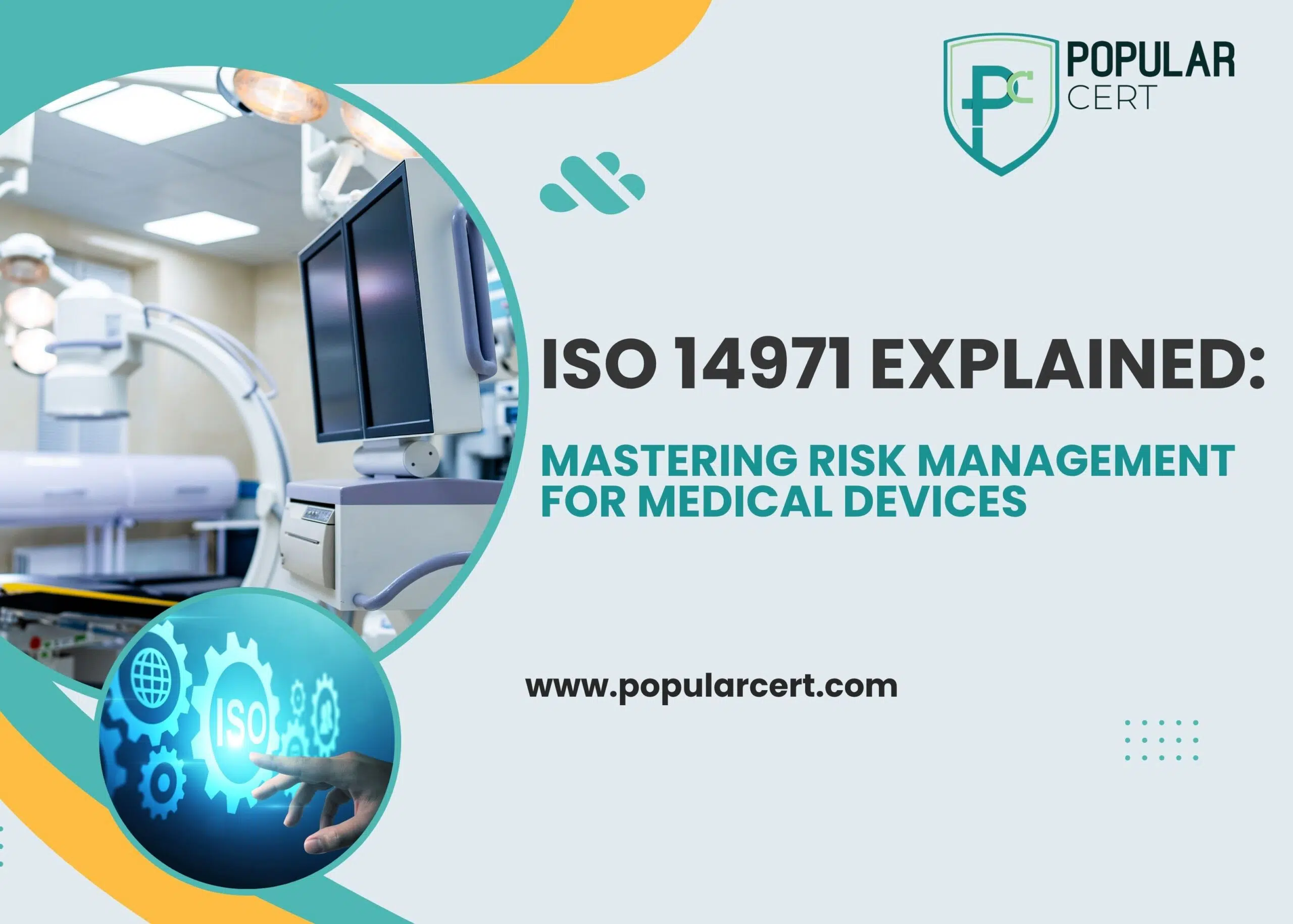
Introduction: The Importance of Risk Management in Healthcare Innovation
In the realm of medical devices, each misstep can have devastating consequences not only for a business but also in terms of human loss. To this end, ISO 14971 exists which is the international standard for risk management in medical devices. It assists manufacturers in the designing and managing of medical devices with patient safety as the foremost concern during production.
Whether you’re introducing a new device to the market or maintaining compliance with regulatory mandates such as EU MDR or FDA QSR, ISO Certification serves as your guide for proper safe and effective risk mitigation.
What Is ISO 14971?
An internationally accepted standard by the International Organization for Standardization (ISO), ISO 14971 outlines risk management procedures specialized for medical devices. It details their application through all phases occurring within a medical device’s lifecycle from design, development, production and even post market activities.
As groundbreaking as it sounds, its creation alongside the IEC means it acted as foundational regulation which aids insuring compliance globally.
Who Should Use ISO 14971?
- Medical Device Industry members
- Medical Technology traders
- Health product designers
- Regulatory and Quality Management Offices
ISO 14971 integrates seamlessly with other critical standards such as ISO 13485 (Quality Management for Medical Devices), which makes it vital to a business compliant and trustworthy quality system.
Why Risk Management is Critical in Medical Devices
Think about the life-threatening implications of a heart monitor failing during surgery or an insulin pump delivering incorrectly timed dosages. These unthinkable events would not only negatively impact the bottom line, but they could also result in loss of life.
Risk management in medical devices helps you:
- Prevent user and patient harm
- Reduce chances of legal litigation stems from any incident associated with your product
- Retain regulatory approval
- Build trust among consumers along with a good reputation for the product.
With growing scrutiny from regulatory bodies like the FDA and European Commission, effective risk management processes are required by law.
Types Of Certification
- ISO Certification
- ISO 9001 Certification
- ISO 14001 Certification
- ISO 45001 Certification
- ISO 22000 Certification
- ISO 27001 Certification
- ISO 17025 Certification
- ISO 13485 Certification
- ISO 20000-1 Certification
- ISO 22301 Certification
- ISO 50001 Certification
- ISO 37001 Certification
- IATF 16949 Certification
- ISO 29001 Certification
- ISO 31000 Certification
- ISO 20121 Certification
- ISO 10002 Certification
- ISO 41001 Certification
Get Free Consultation
Our Clients
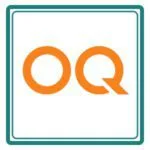

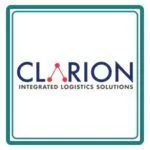
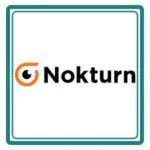


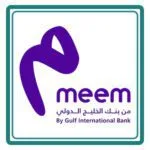
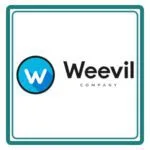




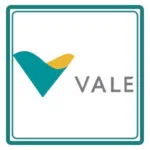
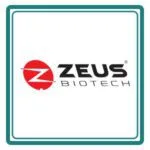


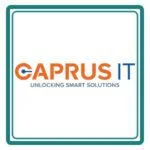
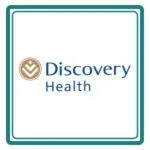
Key Components of ISO 14971
The simplified description helps better understand its core components nbsp; Here’s a more straightforward list of some major parts:
Risk Analysis
- Identify possible hazards (biological, electrical , software driven etc.)
- Calculate chance and impact of each hazard
Risk Evaluation
- Define if any is unacceptable or controllable
- Utilize risk calculation flow charts for help during assessment
Risk Control
- Take actions to manage risks.
- For example: changes in the design or layout, alerts, software safety cutoffs.
- Check if control systems are functioning properly.
Evaluation of Overall Residual Risk
- Evaluate any meaningful risk that remains after controls have been applied.
- Analyze the benefit-risk ratio.
Risk Management Review
- Periodically review and reassess existing risks and their management to ensure they meet all regulatory requirements
- Analysis of traceability of records and adherence to regulatory requirements shall be performed and documented.
Steps for Compliance with ISO 14971: Action Plan from Compliance Perspectives
Achieving compliance doesn’t need to be burdensome, here’s how most organizations effectively align with ISO 14971:
-
Step 1: Gap Analysis
Review practices in place for managing risk and those mandated by ISO 14971 to identify gaps. -
Step 2: Prepare a Compensation Document / Safety File
All relevant documents will live in one repository ensuring audit readiness: risk management file including plans, assessments, control mechanisms documents alongside residual risk evaluations. -
Step 3: Educate Your Organization
From engineers and quality leads to software creators — every impacted role must grasp the fundamentals of the risk management framework. -
Step 4: Link it with ISO 13485 Integration
Make sure your risk management processes are incorporated into your quality management system (QMS). There are often joint audits between ISO 14971 and ISO 13485 as they complement each other. -
Step 5: Self Audits And Ongoing Evaluation
Establish post-market surveillance and internal audits to track new or changing risks.
Advantages of Achieving ISO 14971 Certification
Obtaining regulatory approval is not the only advantage gained by becoming compliant with ISO 14971. Compliance with ISO 14971 fosters a culture of safety and proactive risk management.
Key Benefits:
- Improved patient safety and product satisfaction
- Decrease in recalls and legal liability concerns
- Expanded opportunity in selective markets like EU, US, and MENA regions
- Increased trust from healthcare providers and regulatory bodies
- Easier integration with other standards such as ISO 13485 or CE/FDA requirements.
Continuous Granted Compliance verification. While compliance remains within expected standards, surveillance audits can be conducted at any scheduled time rather than predefined intervals.
Common Challenges and Solutions
- Misinterpreting “Acceptable Risk”
Many teams struggle to define what’s “acceptable.” Use clear matrices and align with stakeholder expectations.
- Insufficient documentation
All decisions made relating to risk must be documented. Implement document control systems early on.
- Limited Inter-Department Collaboration
Risk management does not belong solely to QA; customer service, R&D, manufacturing, regulatory, and cross-cutting diverse groups need to be engaged.
Solution:
Engage consultants such as Popularcert who will ensure your teams receive proper training, implement effective structured documentation systems that guarantee compliance from inception.
How Popularcert Supports Achieving ISO 14971 Certification
At Popularcert, we ensure that complex standards are easy to navigate. We assist medical device manufacturers across the globe to fully comply with ISO 14971 requirements via:
- Gap Assessments
- Tailored Risk Management Files
- Support for Internal Audits
- QMS Integration with ISO 13485
- Training for Cross-Functional Teams
No matter if you are located in the UAE, India, Europe or any other region, our team is prepared to customize your ISO 14971 needs and align them toward your market objectives, product specifications, and compliance strategies.
Conclusion and Final Insights
The importance of ISO 14971 goes beyond being a regulatory obligation; it acts as a cornerstone for building safe, reliable, and efficient medical devices. With this risk management framework in place, you can mitigate risks while ensuring compliance and setting your device up for international market access.
Take proactive steps towards protecting your business and users from potential harm instead of reacting to audits or recalls.
Call To Action
Take full control of the risks associated with medical devices.
We guide you through each step of planning, training onward from certification as we assist you through becoming compliant with ISO 14971.
Contact Popularcert now to benefit from a no-charge consultation so we can set your risk management strategy accurately from the beginning.
GET A FREE CONSULTATION NOW
FAQs
What is ISO 14971 and why is it important?
ISO 14971 is an international standard for risk management in medical devices. It helps organizations identify, evaluate, and control potential risks throughout a product’s lifecycle to ensure patient safety and regulatory compliance.
Who needs to comply with ISO 14971?
Medical device manufacturers, importers, designers, and even software developers involved in healthcare products need to comply with ISO 14971 to meet regulatory requirements and market expectations.
How does ISO 14971 differ from ISO 13485?
ISO 14971 focuses solely on risk management, while ISO 13485 outlines the overall quality management system (QMS) for medical devices. Both work together to ensure safety, effectiveness, and compliance.
Is ISO 14971 mandatory for CE or FDA approval?
While ISO 14971 itself isn’t legally mandatory, it is widely accepted and referenced by the EU MDR and US FDA. Complying with it greatly increases your chances of successful regulatory approval.
